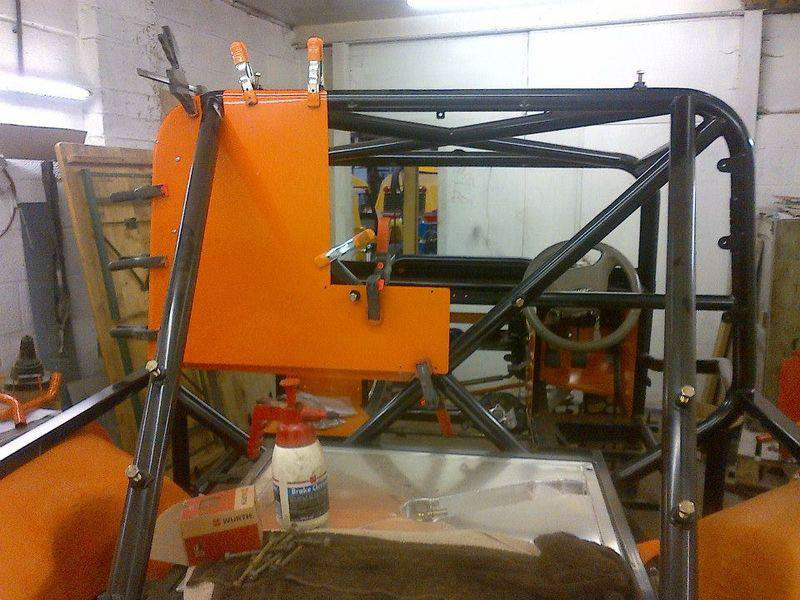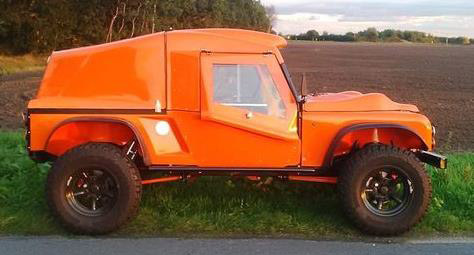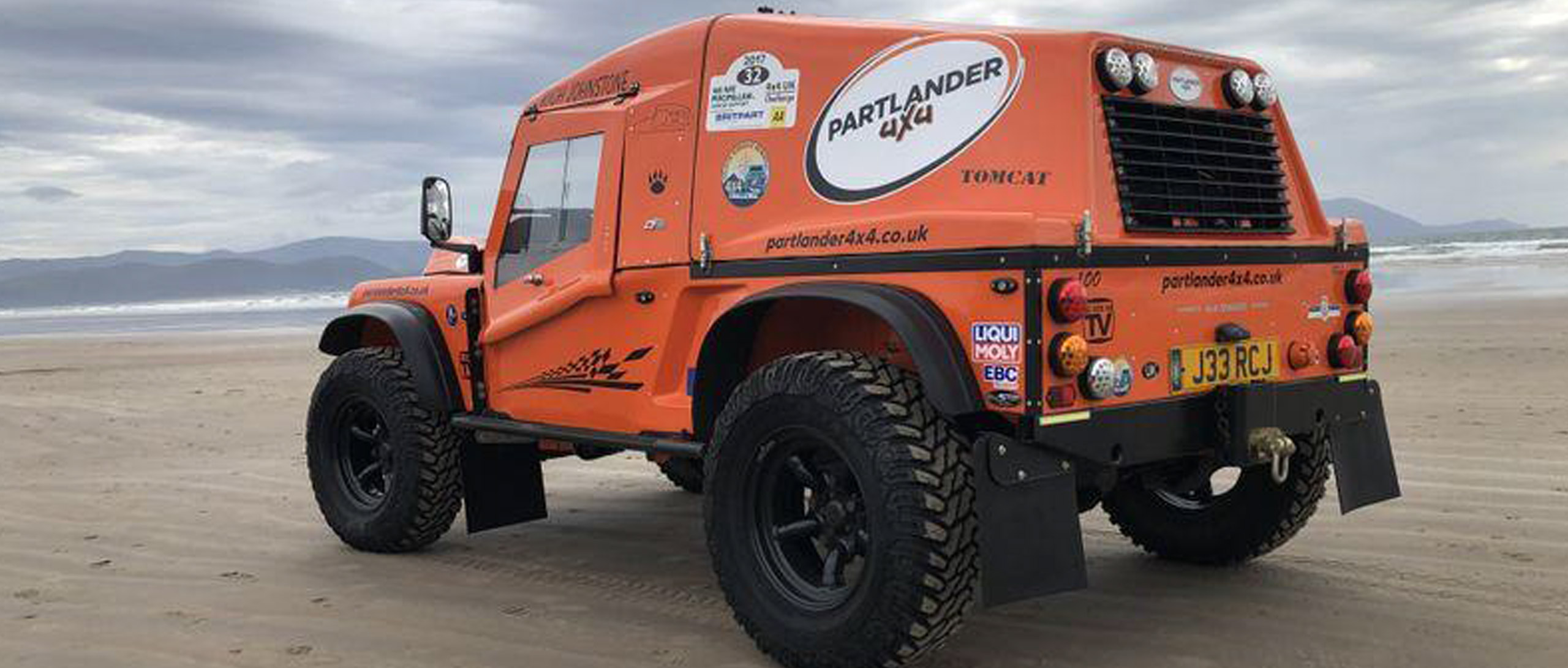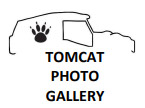I’m sure most of you have said “I want one of those one day”, well I said that when looking at Tomcat, Wildcat and Bowler vehicles.
I developed a passion for Land Rovers from 14 yrs old, I guess some would argue even earlier than that. Only now I have real life size ones. My first Land Rover was a 1991 Discovery 200 Tdi. I was the second owner from new and with 35 thousand on the clock with full Land Rover history.
I bought the 5 door 7 seat discovery to get around for work (when I was contracting on farms) and weekend outings laning or at the pay and play sites. The discovery had modifications starting with 5bar tread plate on the door bottoms and rock sliders, heavy duty bumpers. I also upgraded the LT77 gearbox for a R380. Unfortunately the wheel arch had a rot hole next to the rear seat belt and being too busy with work to fix it was imminently parked up. When I bought a replacement Land Rover for work the plan was to fix it and keep the discovery for off road days and competitions. This is how the Tomcat seed was sown.

I talked with Tomcat Motorsport and the project was started, chassis and axles were booked in and dropped off so the skeleton could be welded onto the chassis once shortened.
The plan was to build the 100” Tomcat with radiator in the rear, full size Allisport intercooler in the front. The engine was moved back behind the axle to balance the vehicle once finished, and the rear prop shaft was at the rear, now at the front and vice versa. A concealed winch was also fitted in the chassis so not to affect the approach angle. Meanwhile the trusty 200 Tdi engine was dropped off at a specialist to be checked over, timing belt and tensioners were changed along with any wearing parts. The R380 gearbox was also given the once over.
As the radiator was being moved to the rear of the vehicle new pipework was needed so keeping within the colour theme metal and silicone pipes were made conforming with the rest of the build with the radiator now in the rear this left room for a bigger Allisport intercooler to be fitted to the front of the vehicle.

The rear of the Discovery chassis was chopped and a defender cross member added for better departure angle. Tree sliders protect the body and provide a step. Long travel suspension was fabricated by Fox for my Tomcat and Superpro bushes all round make it a nice ride and great articulation too. I decided to keep the Detroit true trac limited slip differentials installed for the discovery axles, these were sent off for a once over by Ashcroft Transmission before being bolted back to the nicely stripped and recoated axles.
The floor was dry fitted. (Once the vehicle is built its stripped and sent for painting). The call for the first fitting came so I trundled up to Tomcat Motorsport HQ and sat in the vehicle for the first time while they measured me for the driver’s seat. Once that was bolted in the next questions were “where do you want the pedals?” and “where would you like the gear stick?” Sitting in the drivers seat I said “there please” pointing to my feet and holding my left
arm out and said “here please!”
New wheels and tyres were delivered for the project and then the body trimmed for the first fitting. Once everything had been cut to size it was all stripped back down and sent away for coating, (colour coordinated in black and orange) the final build began.
First back was the chassis ready for final fitting. Axles were fully reconditioned, a huge list of parts sent direct to Tomcat for me including callipers, discs, pads and bearings to name a few parts. I had fabricated a removable tow hitch in case the Tomcat needed to tow at any time.

Allisport fabricated a fuel tank for this project which will sit in the rear under the radiator. Also in the rear are twin optima batteries controlled by a T-Max split charger thanks to Bearmach. The Spare wheel and Hilift jack are also in the back. Two woven carbon fibre adjustable bucket seats for the driver and navigator. The dials are from a td5 defender. In addition a GPS speedo and compass is in the centre of the dash. The steering column was taken from my donor vehicle.
I decided to go for LED NAS style lights for the build, because they have quicker lighting, lower power consumption and brighter. Led light bars are taking off very well and if you’ve used or own one you know why. Small but powerful, I decided I’d like one but built in somewhere, the roof scoop was the most logical option for this.
Heated windscreen sorted out the need for a demister, with a few bolt caps to remove sharp edges and some trimming rubber round the edges of panels.
Lots of careful planning was put into the build and as a lot of this project was a first, we wanted to get it right. Small flush fit led lights on the side of the vehicle were added to help off road at night and for competing in challenges like the Mac 4×4 challenge (an on and off road driving ability, test of navigation, observation and endurance both in the day and night) hopefully enabling us to see code boards and obstacles in the dark. Same with the extra high level reverse lights connected to the reverse switch as well as a push switch on the dash.
The reversing camera is the same, looking for code boards in the forest at night isn’t so bad now.
Communications in a cab with no sound deadening is fine as a rally communications unit is hard wired between the driver and co-driver as is the alarm system. A Brantz trip computer is also wired into the dash in front of the co-driver so tulip diagrams are easily calculated.
First aid kit is on a push button which is fastened behind the navigator’s seat, various storage nets are down the gear tunnel and even cup holders too.
The big day. IVA test (Independent Vehicle Test) Similar to a MOT for new builds. DVLA denied the use of the old chassis number and reg number as the car was all new or reconditioned. The old Discovery was declared scrapped and a new vehicle registration form was handed for me to fill out. I already had a plate on retention so the choice to have a new 15 reg was binned and the personalised reg put on instead.






